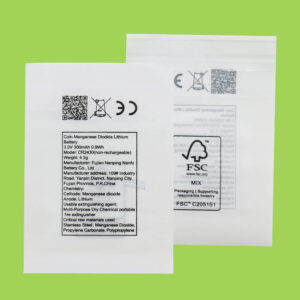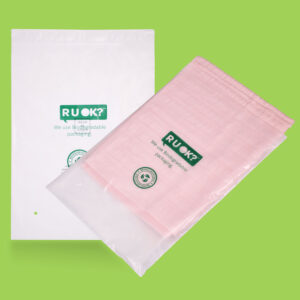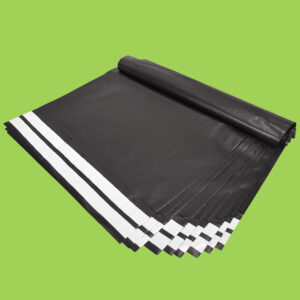Biodegradable plastic products are emerging as viable alternatives in a number of important niche markets for environmental reasons, economic reasons, practical reasons and even for health and safety reasons. The main areas currently involved are: pharmaceuticals, textile clothing and fabrics), hygiene products, agriculture, automotive industry and some specific packaging applications. Among these, medical device applications are growing faster than any other industry due to their specificity and greater added value.
In recent years, new varieties of biodegradable polymers, new processing technologies and techniques have been emerging, and environmental problems have become increasingly serious, and these factors have prompted researchers to increase their efforts in the study of biodegradable polymer materials, which has led to the expansion of the potential application areas of biodegradable polymer materials, but most of them remain in the laboratory stage. Here is only a brief introduction to its main application areas.
Contents
Medical field
Ecoflex, as a fully biodegradable material, has been found to be waterproof and resistant to oils and greases, making it suitable for use as a medical disposable wrapping material that will eventually decompose in a normal composting system.
Biodegradable polymers have been widely used in vascular and orthopedic surgeries: as implantable matrices for controlling the long-term release of drugs in the body: as absorbable surgical sutures, plastic staples, a variety of pins and screws, and vascular grafts, artificial skin and bone fixation devices.
China’s first domestic bioabsorbable coronary stent matrix and drug carrier coating made of absorbable material levulinic acid (PLLA), stent matrix and coating can be gradually biodegraded and absorbed in the body. As for the domestic “fully degradable sinus drug stent system”, the stent material is propylene glycol-ethylene glycol copolymer, and the drug coating is composed of the drug mometasone furoate, propylene glycol-ethylene glycol copolymer and polyethylene glycol.
Packaging
Market segments for biodegradable polymers in packaging include compostable bags for composting or food scraps, carrier bags, foams and the food sector (e.g., disposable compostable plastic cups, straws, plates and cutlery, and food wrappers and containers).
Agricultural sector
Biodegradable polymers have attracted interest in agriculture for their use as agricultural mulches, agricultural planting containers, and in the controlled release of agrochemicals. Biodegradable films based on starch and polyvinyl alcohol have been developed as agricultural mulch; natural polymers such as starch, cellulose, chitin, alginate and lignin have been used in pesticide controlled release systems; and polycaprolactone has been used as agricultural planting containers.
In recent years, it has been found that the use of biopolymers as soil regenerators in agriculture at the end of the life cycle is feasible. For example, Ecofex film can be used to cover frost-prone plants during the winter and mixed with the soil as a nutrient-rich fertilizer at the end of its life cycle. Compostable biopolymers supplement the current nutrient cycle in the soil, which is important from an agricultural perspective. Studies have found that the use of plastic mulch less than 40 days immediately after sowing increases spring wheat yields and is ideal for crop mulching.
Textiles and personal hygiene products area
Woven and non-woven fabrics made from biodegradable polymers are used as industrial wipes, filters and geotextiles. Personal hygiene products such as disposable diapers or tampons with biodegradable plastic liners are made from biodegradable resins.





